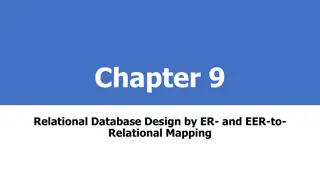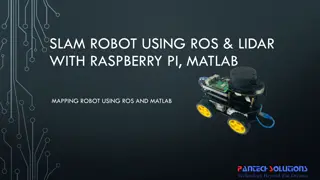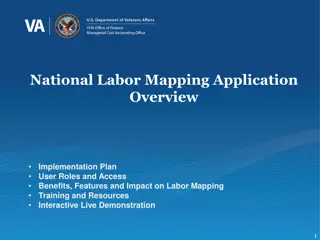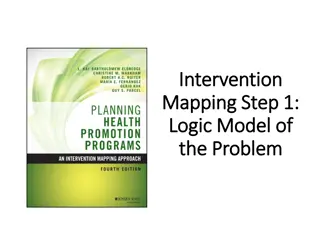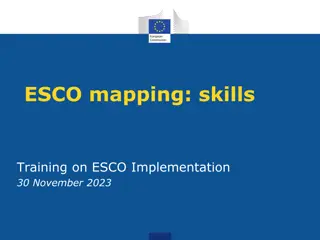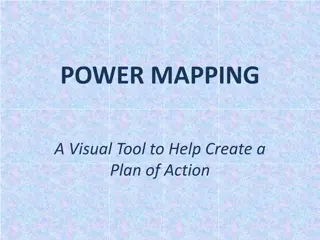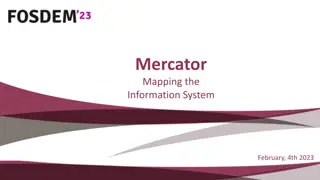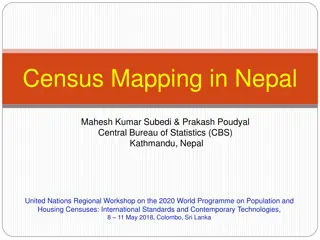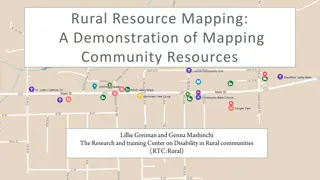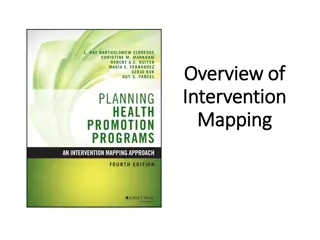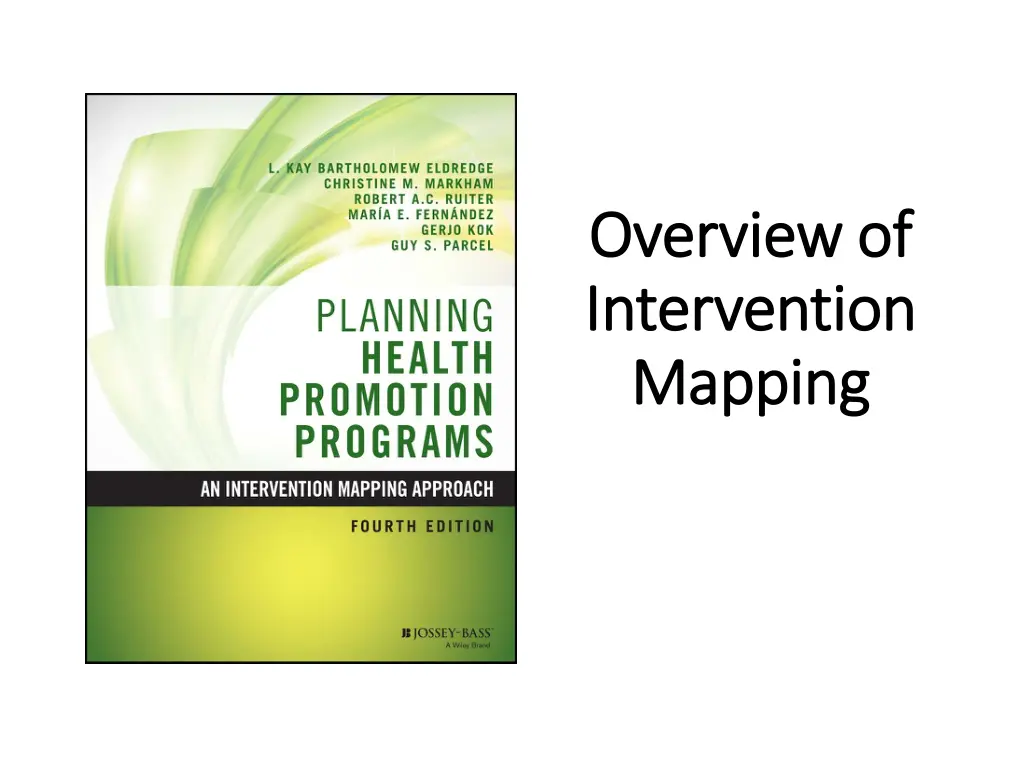
Effective Intervention Mapping for Health Promotion
Explore the systematic approach of Intervention Mapping to develop, implement, and evaluate health programs. Learn how to address complex issues using theory, empirical evidence, community input, and an ecological approach. Discover the steps involved in Intervention Mapping and the importance of community participation in health promotion planning.
Download Presentation

Please find below an Image/Link to download the presentation.
The content on the website is provided AS IS for your information and personal use only. It may not be sold, licensed, or shared on other websites without obtaining consent from the author. If you encounter any issues during the download, it is possible that the publisher has removed the file from their server.
You are allowed to download the files provided on this website for personal or commercial use, subject to the condition that they are used lawfully. All files are the property of their respective owners.
The content on the website is provided AS IS for your information and personal use only. It may not be sold, licensed, or shared on other websites without obtaining consent from the author.
E N D
Presentation Transcript
Overview of Overview of Intervention Intervention Mapping Mapping
Overview The development of Intervention Mapping was stimulated by questions that could not be answered from available health education and health promotion resources ? 2
How and When to Use... ? Intervention Mapping was developed to address question about how and when to use... Theory Empirical findings from the literature Data collected from a population ...to create an effective behavior or systems change intervention 3
How to Take an Ecological Approach to Planning Supranation Society Community Organization Interpersonal Individual 4
How to Take an Ecological Approach to Planning How to address changing the behavior of people in the environment (i.e. people who are not at risk for the health problem, but are important to changing conditions that affect those at risk)? How to address the complexity of multi- causation of problems and multi-level intervention points? 5
What is Intervention Mapping? A systematic approach to program development, implementation & evaluation It provides a framework for decision-making at each step Theory Empirical evidence Community input (important for cultural relevance) Uses an ecological approach
Participation in Health Promotion Planning Equitable community participation Ensures program focus reflects community concerns Brings greater breadth of skills, knowledge & expertise Improves external validity 7
Intervention Mapping Steps 1. Logic model of the problem 2. Program outcomes and objectives (logic model of change) 3. Program design 4. Program production 5. Program implementation plan 6. Evaluation plan 8
Step 1: Needs Assessment 1. Establish and work with a planning group 2. Conduct a needs assessment to create a logic model of the problem 3. Describe the intervention context, including the population, setting, and community 4. State program goals 9
Logic Model of the Problem INSERT Figure 1.2 HERE Figure 1.2 10
Step 2: Program Outcomes & Objectives - Logic Model of Change 1. State expected outcomes for behavior and environment Specify performance objectives for behavioral and environmental outcomes Select determinants for behavioral and environmental outcomes Construct matrices of change objectives Create a logic model of change 2. 3. 4. 5. 11
Create Matrices of Change Objectives Determinant 1 Determinant 2 Change Objective Change Objective Performance Objective 1 Performance Objective 2 Change Objective Change Objective 12
Examples of Cells from a Simulated Matrix: Consistently and Correctly Using Condoms During Sexual Intercourse Determinants Performance Objectives Knowledge Perceived Susceptibility Self-Efficacy 1. Buy a condom Identify places List condom types State personal risk for HIV, STI, & pregnancy if have sex without a condom Feel confident about buying a condom 2. Carry condoms List different ways to carry condoms Perceive that not carrying a condom increases risk Feel confident about carrying condoms 3. Use condom correctly List 10 steps for correct condom use State risk of HIV, STI, & pregnancy increases if condom is not used correctly Feel confident about using condoms correctly 13
Logic Model of Change INSERT Figure 1.3 HERE Figure 1.3 14
Step 3: Program Design 1. Generate program themes, components, scope, and sequence 2. Choose theory- and evidence-based changemethods 3. Select or design practical applications to deliver change methods 15
Step 4: Program Production 1. Refine program structure and organization 2. Prepare plans for program materials 3. Draft messages, materials, and protocols 4. Pretest program materials & protocols 16
Step 5: Program Implementation Plan 1. Identify potential uses (adopters, implementer, and maintainers) 2. State outcomes and performance objectives for program use 3. Construct matrices of change objective for program use. 4. Design implementation interventions for 17
Step 6: Evaluation Plan 1. Write effect and process evaluation questions 2. Develop indicators and measures for assessment 3. Specify the evaluation design 4. Complete the evaluation plan 18
Intervention Logic Model INSERT Figure 9.1 HERE Figure 9.1 19
Core Processes Pose questions Brainstorm potential answers to the questions Review findings from the empirical literature for theory- and evidence- based answers to questions Review theories for additional constructs Assess and address need for new data Formulate a working list of answers 20
Important Repeating Concepts Formulation of matrices is a foundation for intervention planning Planning is an iterative process Use of logic models Need to create culturally relevant programs Program evaluation 21
Summary Intervention Mapping provides a systematic framework for effective decision making at each step of intervention planning, implementation, and evaluation Intervention Mapping has been used to develop programs worldwide


